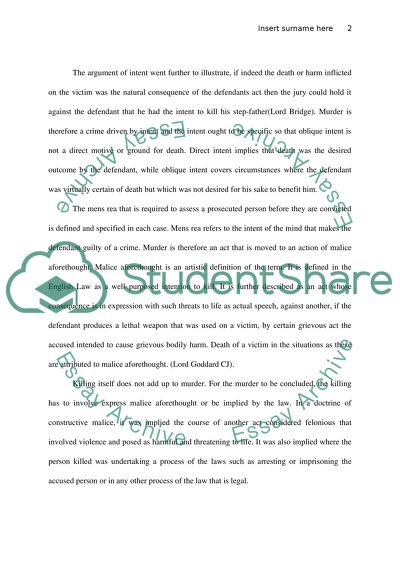Cite this document
(“Criminal Law Essay Example | Topics and Well Written Essays - 1500 words”, n.d.)
Criminal Law Essay Example | Topics and Well Written Essays - 1500 words. Retrieved from https://studentshare.org/law/1471350-criminal-law
Criminal Law Essay Example | Topics and Well Written Essays - 1500 words. Retrieved from https://studentshare.org/law/1471350-criminal-law
(Criminal Law Essay Example | Topics and Well Written Essays - 1500 Words)
Criminal Law Essay Example | Topics and Well Written Essays - 1500 Words. https://studentshare.org/law/1471350-criminal-law.
Criminal Law Essay Example | Topics and Well Written Essays - 1500 Words. https://studentshare.org/law/1471350-criminal-law.
“Criminal Law Essay Example | Topics and Well Written Essays - 1500 Words”, n.d. https://studentshare.org/law/1471350-criminal-law.


